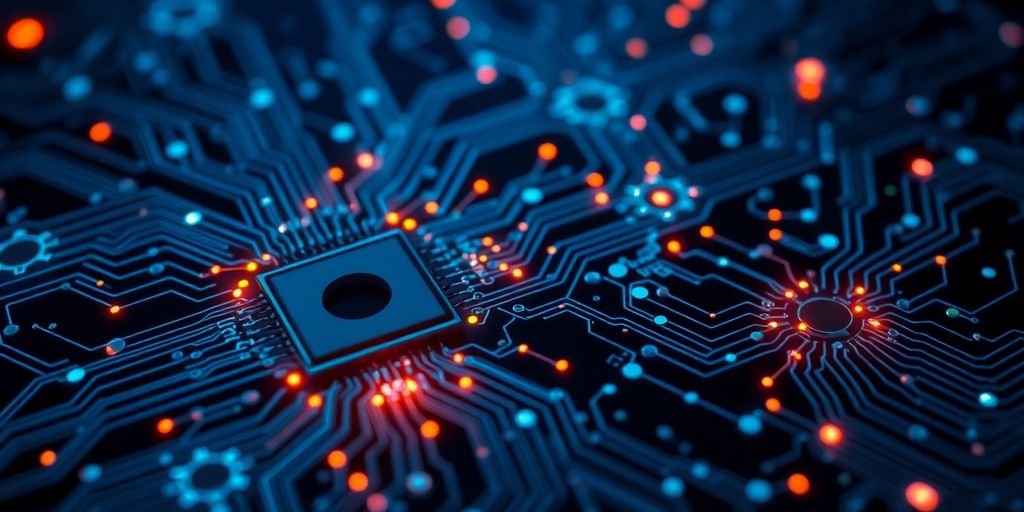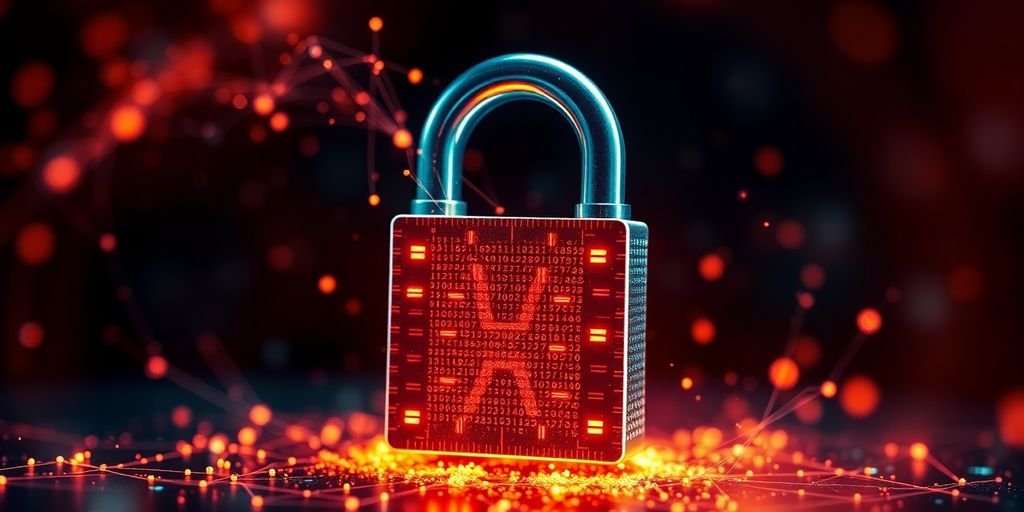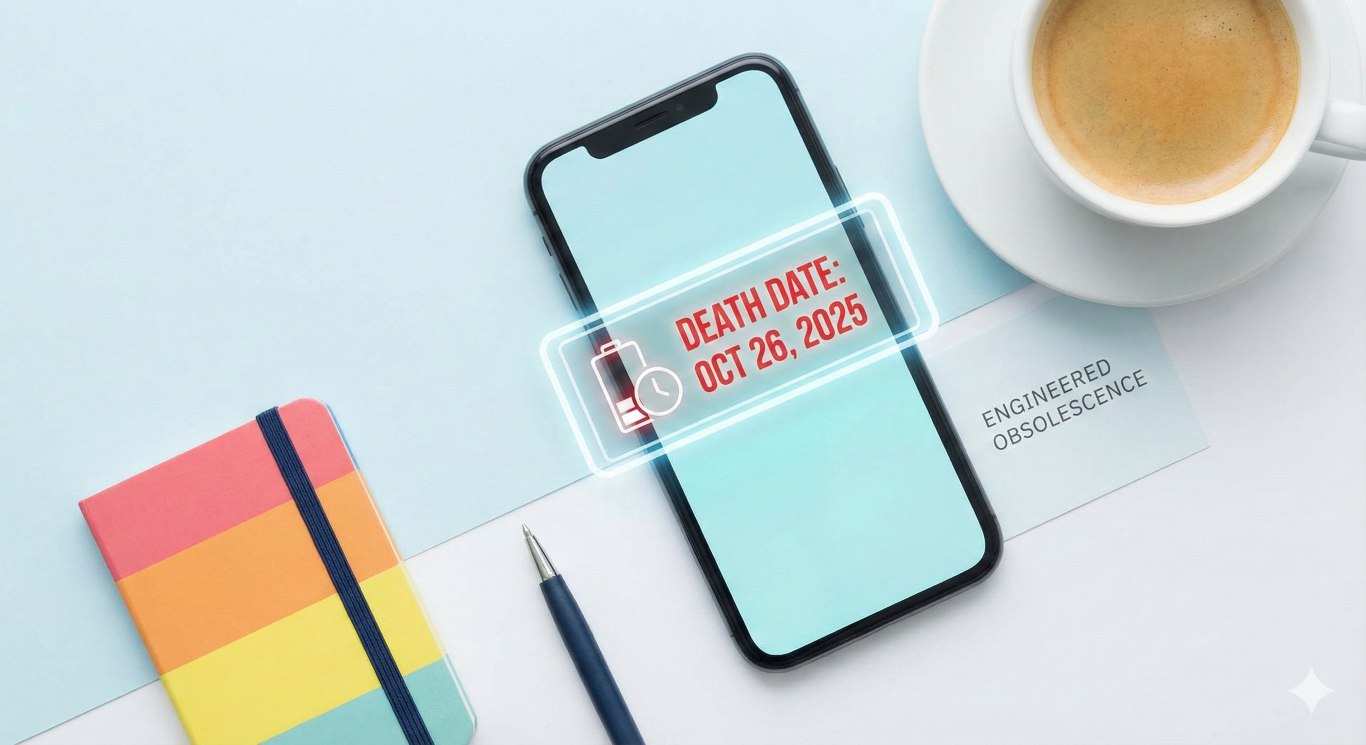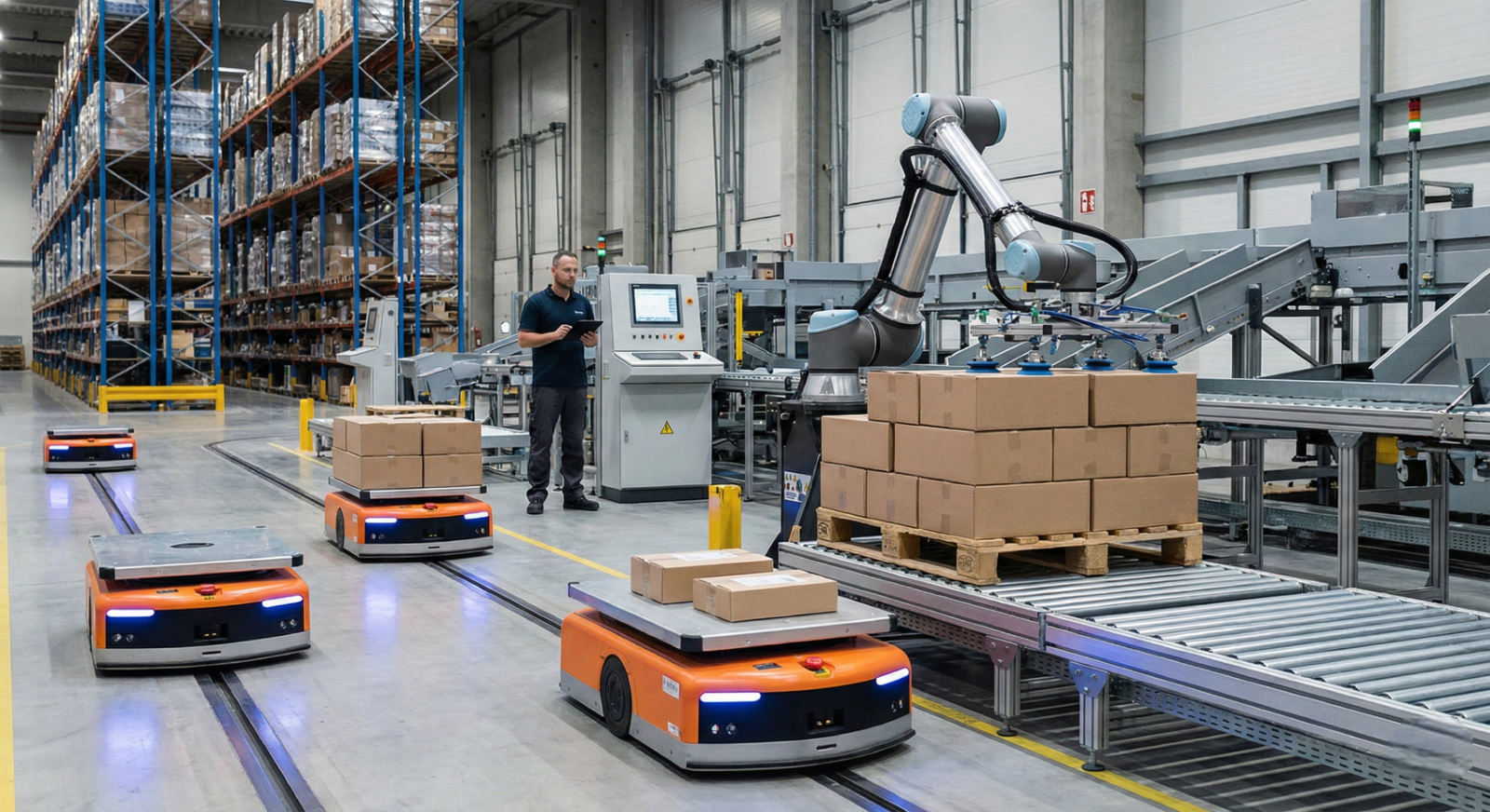The digital age has revolutionized technology, particularly computing power. We are now entering a new era with quantum computing, which can tackle incredibly complex problems that are impossible for today’s computers. This breakthrough technology has amazing potential for science and innovation, but it also threatens the security of our digital world.
Our online security, from transactions to private messages, depends on encryption. Unfortunately, this encryption is vulnerable to the power of quantum computers. As this technology rapidly develops, we need to create and implement “quantum-safe” cryptography.
In this article, we will explore quantum computing, its impact on cybersecurity, and how we can protect our digital future.
Quantum Computing: A New Era of Computation

What is Quantum Computing?
Quantum computing uses the principles of quantum mechanics to perform calculations in ways that are impossible for traditional computers. Instead of bits, which represent information as 0s or 1s, quantum computers use qubits. Qubits can exist in multiple states at once, thanks to quantum phenomena like superposition and entanglement. This allows them to perform calculations much faster for certain problems.
- Superposition: Imagine a coin spinning in the air. Before it lands, it’s not quite heads or tails—it’s in a state of both. This is similar to superposition. A qubit can be in a state of 0, 1, or a combination of both simultaneously.
- Entanglement: Entanglement links two or more qubits together, so their fates are intertwined even when they’re physically separated. This means that if you measure the state of one entangled qubit, you instantly know the state of the other, no matter how far apart they are.
These unique properties enable quantum computers to tackle complex problems that are beyond the reach of traditional computers, opening up exciting possibilities in fields like drug discovery, materials science, and artificial intelligence.
The Potential of Quantum Computing
Quantum computing has the power to transform many industries by tackling problems that are impossible for traditional computers. Here are some promising areas:
- Drug Discovery and Materials Science:
- Quantum computers can simulate complex molecules and materials with much higher accuracy.
- This can lead to faster drug discovery by simulating the interactions of potential drugs with biological targets.
- It can also accelerate the development of new materials with improved properties, such as stronger, lighter, or more efficient materials.
- Optimization:
- Quantum algorithms can find the best solutions for complex optimization problems with many variables.
- This has applications in fields like logistics, finance, and manufacturing.
- For example, quantum computers could optimize delivery routes, investment portfolios, or manufacturing processes to increase efficiency and reduce costs.
- Artificial Intelligence:
- Quantum computers can significantly speed up the training of AI algorithms and enhance their capabilities.
- This could revolutionize areas like image recognition, natural language processing, and autonomous systems.
- For instance, quantum-enhanced AI could lead to more accurate medical diagnoses, more sophisticated chatbots, or more reliable self-driving cars.
The potential impact of quantum computing goes beyond specific applications. It promises to accelerate scientific research and drive technological innovation across many fields.
Google’s Willow Chip: A Quantum Leap Forward
Google’s new Willow chip is a major step forward in developing quantum computers that can be used commercially. Announced in December 2024, Willow performs incredibly well and shows two big improvements:
- Reduced Error Rates:
- Willow makes fewer errors as it gets bigger.
- Usually, adding more qubits meant more errors, making it hard to solve complex problems.
- But Willow is designed to reduce these errors dramatically as it grows, a crucial step towards building fault-tolerant quantum computers.
- Exceptional Speed:
- Willow is super fast.
- It completed a test in under five minutes that would have taken a regular supercomputer 10 septillion years!
- This shows how Willow can help us build large and useful quantum computers capable of solving real-world problems.
Willow’s success shows how dedicated Google is to improving quantum computing. Made in their special facility in Santa Barbara, one of just a few places in the world focused on making quantum chips, Willow brings us closer to a future where quantum computers can solve real-world problems.
Quantum computing isn’t just about faster processing; it’s about changing how we think about computation altogether.
The Quantum Threat to Cryptography
The Weakness of Current Encryption
The rise of powerful quantum computers is a serious concern for cybersecurity. These computers threaten the public-key cryptography that protects our digital world.
- Public-Key Cryptography: This is the foundation of secure online communication. It relies on two keys: a public key for encryption and a private key for decryption.
- Algorithms Under Threat: Algorithms like RSA (Rivest-Shamir-Adleman) and ECC (Elliptic Curve Cryptography) are widely used to secure online transactions, sensitive data, and digital communications.
- RSA: Relies on the difficulty of factoring large numbers.
- ECC: Relies on the difficulty of solving the elliptic curve discrete logarithm problem.
- Quantum Vulnerability: These algorithms rely on the fact that traditional computers can’t easily solve certain math problems. However, quantum computers, using algorithms like Shor’s algorithm, can solve these problems much faster. This could break modern cryptography, leaving sensitive data vulnerable to attack.
Bitcoin on the Brink?
The possibility of quantum computers breaking encryption has raised concerns about the future of cryptocurrencies like Bitcoin. Experts disagree on how urgent this threat is.
- Arguments for Time:
- Some believe we have plenty of time to prepare, as quantum computers strong enough to break Bitcoin’s encryption are still years away.
- They point out that breaking Bitcoin’s encryption requires millions of qubits, far more than current quantum computers like Willow possess.
- This gives us time to develop and implement “quantum-safe” solutions.
- Arguments for Urgency:
- Others worry that quantum computing is advancing so quickly that it might outpace our ability to develop protections.
- This means that even though these super-powerful quantum computers don’t exist yet, they might be developed faster than we can secure our systems.
- This would leave Bitcoin and other cryptocurrencies open to attack.
Emin Gün Sirer, who co-founded Ava Labs, worries that future quantum computers could break Bitcoin’s encryption. He warns that a powerful enough quantum computer could potentially steal the private keys that protect Bitcoin wallets, even putting Satoshi’s Bitcoin holdings at risk.
This debate highlights why we need to prepare for a future with quantum computers. While we don’t know exactly when they will be able to break Bitcoin’s encryption, the consequences of not preparing are serious.
With the potential for quantum computers to break current encryption methods, the race is on to develop and implement quantum-resistant solutions that can protect sensitive data in the coming decades.
Quantum-Safe Cryptography: A Shield Against the Quantum Storm

The Need for Quantum-Safe Solutions
Because quantum computers could potentially crack current encryption methods, we need “quantum-safe” cryptography. Also known as post-quantum cryptography (PQC), this involves creating new kinds of encryption that can resist attacks from both regular and quantum computers.
- Urgency of Preparation: Even though the super-powerful quantum computers that can break current encryption don’t exist yet, we need to prepare now.
- Complexity of Transition: Switching to quantum-safe cryptography is complex and requires careful planning, resources, and teamwork between industries and governments.
- Early Adoption is Key: The sooner we start, the better prepared we’ll be for the quantum threat.
What is Quantum-Safe Cryptography?
Quantum-safe cryptography focuses on creating new encryption methods that are resistant to attacks from both regular and quantum computers. These methods are based on math problems that are thought to be difficult even for quantum computers to solve.
- New Mathematical Foundations: Unlike current public-key cryptography, where algorithms like RSA and ECC are widely used, quantum-safe cryptography involves a variety of algorithms, each with pros and cons.
- Algorithm Selection: Choosing the right algorithm depends on the specific use case, security needs, and performance considerations.
NIST-Approved Quantum-Resistant Algorithms
In a major step towards standardizing quantum-safe cryptography, the National Institute of Standards and Technology (NIST), a federal agency within the U.S. Department of Commerce, announced a set of quantum-resistant algorithms in August 2024. These algorithms are designed to replace current encryption methods and provide strong security against quantum threats.
The NIST-approved algorithms include:
- CRYSTALS-Kyber:
- Standardized as FIPS 203.
- Designed for general encryption purposes.
- Uses a mathematical approach called lattice-based cryptography, believed to be resistant to attacks from both regular and quantum computers.
- CRYSTALS-Dilithium:
- Standardized as FIPS 204.
- Designed for digital signatures, which are used to verify the authenticity of digital documents and messages.
- Also relies on lattice-based cryptography.
- SPHINCS+:
- Standardized as FIPS 205.
- Also for digital signatures but uses a different approach based on hash functions.
- Considered very secure but has larger key sizes compared to CRYSTALS-Dilithium.
These NIST-approved algorithms are a significant milestone in developing quantum-safe cryptography, providing a framework for organizations to transition to more secure encryption methods.
Preparing for the Post-Quantum Era
Moving to a post-quantum world requires a proactive and thorough approach to cybersecurity. Organizations need to assess their quantum readiness, find vulnerabilities, and develop a plan for implementing quantum-safe solutions.
Quantum Readiness Assessment
A complete Quantum Readiness Assessment is the foundation for successfully transitioning to quantum-safe cryptography. This assessment involves:
- Inventory of Cryptographic Assets:
- Start by identifying all systems, applications, and devices that rely on cryptography.
- This includes encryption algorithms, key management systems, digital certificates, and any other components that protect data.
- Risk Assessment:
- Evaluate the potential risks of quantum attacks on your important assets and data.
- Consider the impact on business operations, financial stability, and reputation.
- Identify the most valuable and vulnerable data that needs immediate protection.
- Gap Analysis:
- Compare your current cryptography with the requirements of post-quantum cryptography.
- Identify areas where your systems need improvement and prioritize upgrades or replacements.
- Roadmap Development:
- Develop a clear plan for transitioning to quantum-safe cryptography.
- Outline priorities, timelines, resources, and potential challenges.
- Establish clear goals and milestones for implementation.
Quantum computing presents both a challenge and an opportunity for cybersecurity. While it could potentially undermine current encryption methods, it also paves the way for developing new, more resilient cryptographic techniques.
Steps to Quantum Resilience
Based on what you learn from your Quantum Readiness Assessment, you can take concrete steps to improve your cybersecurity against quantum threats. Here are some key actions:
- Prioritize High-Value Assets:
- Start by moving your most critical and sensitive data and systems to quantum-safe cryptography.
- This ensures your most valuable assets are protected, even if quantum computers become powerful enough to break current encryption.
- Develop a Phased Migration Plan: A step-by-step approach allows for a gradual and manageable transition to quantum-safe algorithms. Consider:
- Pilot Projects: Implement PQC in a limited scope to test and validate its effectiveness before wider deployment. This helps identify potential challenges and refine your strategy.
- Hybrid Approach: Combine classical and post-quantum algorithms during the transition to ensure compatibility with existing systems while improving security.
- Phased Rollout: Gradually upgrade systems and applications to quantum-safe solutions, starting with the most critical ones. This allows for a controlled and less disruptive transition.
- Stay Informed and Agile:
- The field of quantum computing is evolving rapidly.
- Stay updated on the latest developments, research, and threats.
- Maintain a flexible approach to your cybersecurity strategy, adapting to new challenges and opportunities as they arise.
By taking these proactive steps, organizations can reduce the risks posed by quantum computing and ensure the long-term security of their data and systems.
Current State of Quantum Computing
Quantum computing is a new field with a lot of potential, but it’s still in its early stages of development.
- Challenges:
- One of the biggest challenges is figuring out how to build quantum computers with a lot of qubits. Qubits are the basic unit of information in a quantum computer, and the more qubits you have, the more powerful your computer can be. However, qubits are also very fragile and prone to errors, so it’s difficult to build a lot of them.
- Another challenge is error correction. Qubits are so fragile that even a small amount of noise can cause them to make mistakes. This is a big problem for quantum computers because they need to be very accurate to be useful.
- Progress and Investment:
- Despite these challenges, the field of quantum computing is progressing rapidly.
- Companies like IBM, Google, and Microsoft are investing heavily in quantum computing research and development.
- Future Projections:
- While a previous McKinsey estimate projected 5,000 operational quantum computers by 2030, more recent analyses suggest a slower timeline. The hardware and software needed for tackling the most complex problems are still under development, and their availability remains uncertain.
- Experts predict that quantum computing will create significant economic value, ranging from $450 billion to $850 billion by 2040. This highlights the potential impact of this technology on various industries and the global economy.
Conclusion
Quantum computing has the potential to unlock amazing technological advancements, but it also brings new cybersecurity challenges.
As we move into this new era, preparing in advance and adopting quantum-safe measures is critical. By understanding the implications of quantum computing, embracing quantum-safe cryptography, and developing strong cybersecurity strategies, we can embrace the quantum future securely, ensuring our digital world remains resilient and trustworthy.
Frequently Asked Questions (FAQs)
Why are quantum computers a threat to today’s encryption?
Quantum computers can solve complex math problems much faster than regular computers, which means they could break the codes that keep our data safe. The algorithms currently used for encryption rely on the fact that these problems are difficult for classical computers to solve. Quantum computers, using algorithms like Shor’s algorithm, can solve these problems much more efficiently.
When will quantum computers break current encryption?
Experts, including the National Institute of Standards and Technology (NIST), a US federal agency that sets technology standards, suggest that quantum computers capable of breaking current encryption could be developed within the next decade. However, the exact timeline remains uncertain and depends on various factors.
What’s the difference between quantum and traditional computing?
Traditional computers use bits, which represent information as 0s or 1s. Quantum computers use qubits, which can be both 0 and 1 simultaneously due to the principles of quantum mechanics (superposition). This allows them to perform certain calculations much faster. They can also be linked together through entanglement, allowing for even more complex computations.
Is my business at risk from quantum computers?
Any organization that relies on digital data and communications is potentially at risk. It’s important to assess your “quantum readiness” and take steps to implement quantum-safe solutions as they become available. This involves identifying your most critical data and systems, evaluating the potential impact of a quantum attack, and developing a plan to transition to quantum-resistant encryption methods.
Articles referenced:
- Post-Quantum Cryptography: Implications of Google’s Willow. Accutive Security, 10 Dec. 2024.
- Meet Willow, our state-of-the-art quantum chip. Google, 9 Dec. 2024.
- Satoshi’s Bitcoin holdings at risk as quantum computing advances, says Ava Labs co-founder. Crypto Briefing, 10 Dec. 2024.
- Quantum computing: What leaders need to know now. MIT Sloan, 11 Jan. 2024.
- Quantum computing. ibm, 5 Aug. 2024.
- Quantum-safe cryptography. ibm, 4 Sept. 2024.
- Blockchain and Quantum Computing Are on a Collision Course, Expert Warns. The Quantum Insider, 8 Sept. 2024.
- What is quantum computing? McKinsey & Company, 5 Apr. 2024.
- Quantum computing. Wikipedia.
- Quantum Computing: Potential and Challenges Ahead. Plain Concepts, 19 June 2024.
- The Long-Term Forecast for Quantum Computing Still Looks Bright. bcg, 18 July 2024.
- US unveils new tools to withstand encryption-breaking quantum. World Economic Forum, 27 Aug. 2024.
- NIST Releases First 3 Finalized Post-Quantum Encryption Standards. nist, 13 Aug. 2024.





